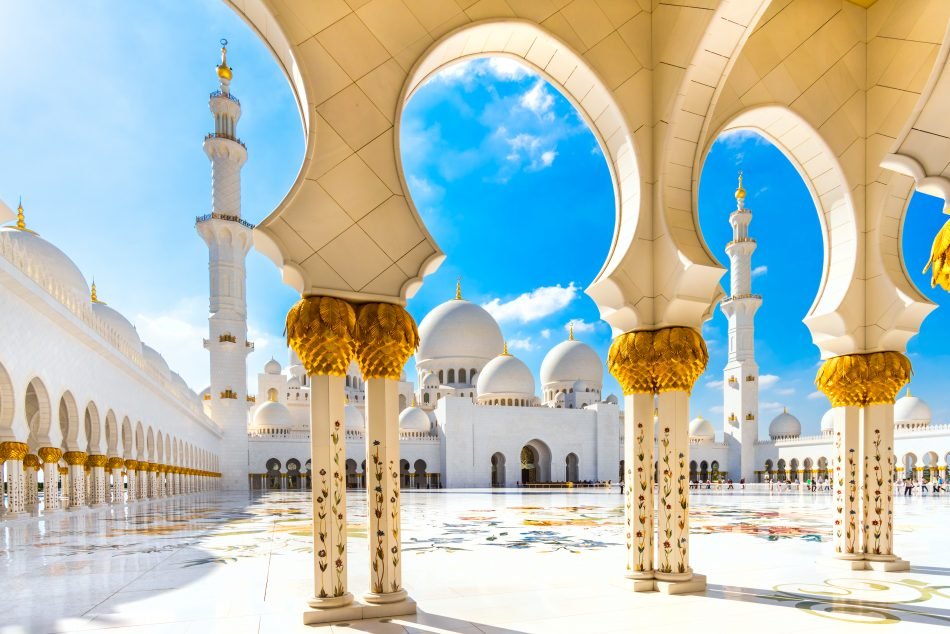For many, religion or worship exists as a thing of the past. But the history and architecture of places of worship still attract millions of pilgrims and visitors every year. The beauty of each square inch of these areas provides a richness in the hopes and dreams of its worshipers. And that is exactly why being in a place like this touches one’s spirituality even if we don’t fully believe in it.
Paro Taktsang, Bhutan
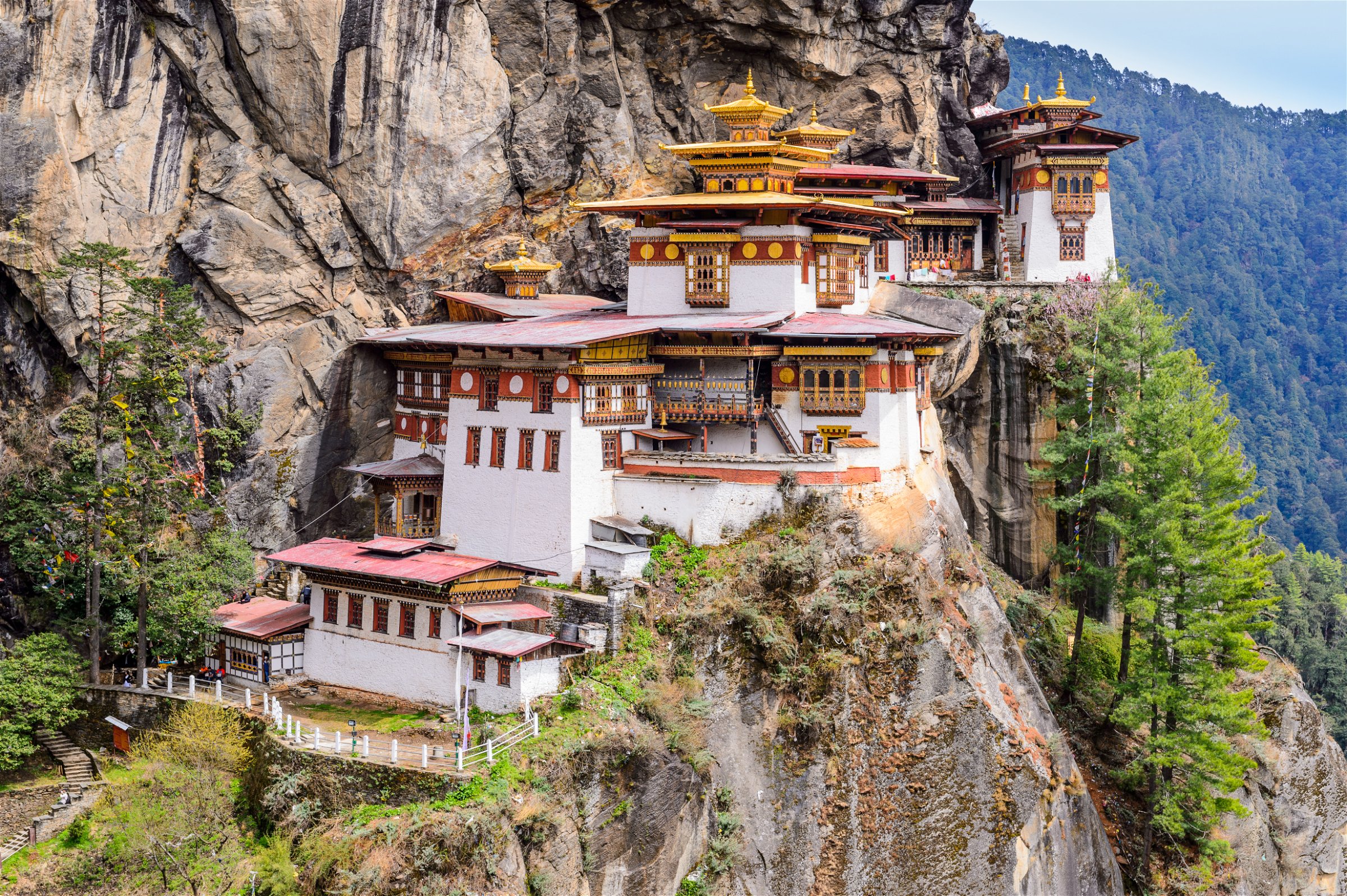
Paro Taktsang, also known as the Taktsang Palphug Monastery, holds value as a prominent Himalayan Buddhist sacred site. The temple complex sits on the cliffside of the upper Paro valley in Bhutan. The complex, built in 1692, circles the Taktsang Senge Samdup cave where Guru Padmasambhava is said to have meditated. Noteworthily, it is rumoured that he meditated for three years, three months, three weeks, three days and three hours in the 8th century. Especially relevant, Padmasambhava introduced Buddhism to Bhutan and is considered the tutelary deity of the country.
BAPS Shri Swaminarayan Mandir, Atlanta, USA
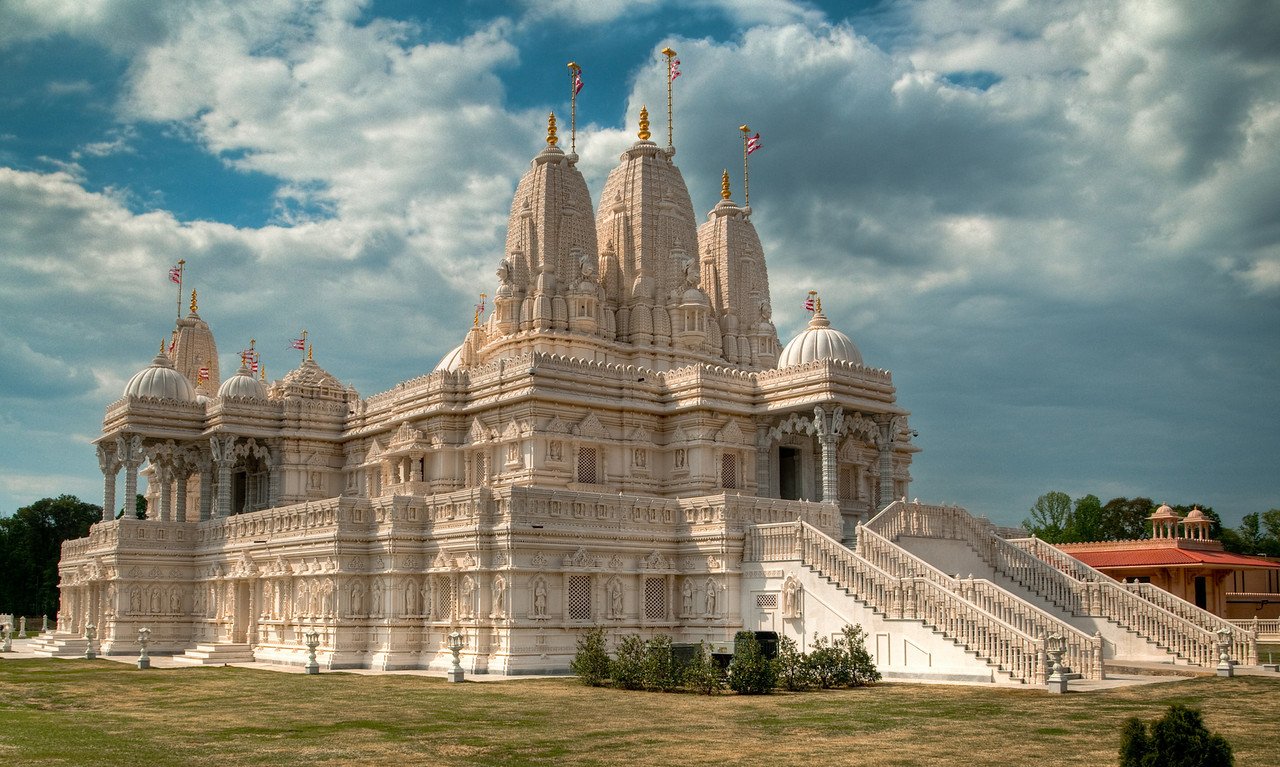
The BAPS Shri Swaminarayan Mandir in Atlanta, Georgia is a traditional Hindu mandir or place of worship. Inaugurated in 2007 by the BAPS Swaminarayan Sanstha, a denomination of the Swaminarayan branch of Hinduism headed by Mahant Swami Maharaj. The Mandir construction follows ancient Hindu architectural scriptures. It is the largest Mandir of its kind outside of India. 34,450 pieces of hand-carved Italian marble, Turkish Limestone, and Indian sandstone makes up the structure. Also, the Mandir sits on landscaped grounds spread over 30 acres. The Mandir is open daily for worship and to visitors of any faith.
The New Synagogue, Berlin, Germany
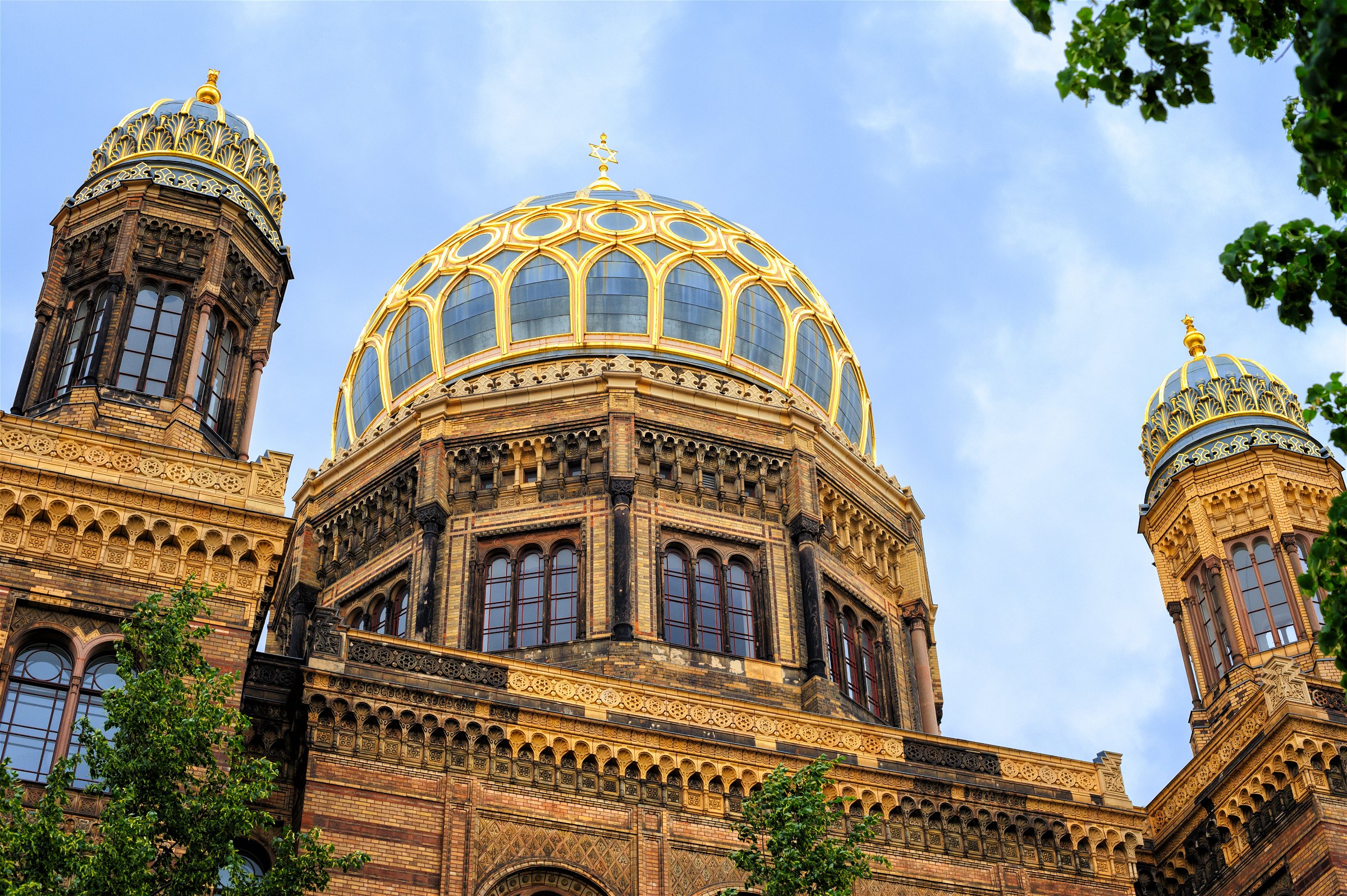
The Neue Synagogue formed in 1859–1866 as the main synagogue of the Berlin Jewish community. Because of its grand Eastern Moorish style and resemblance to the Alhambra, it is an important architectural monument of the 19th century in Berlin. Interestingly, the building stands as one of the few synagogues to survive during World War II. Subsequently much became demolished; the present building on the site is a reconstruction of the ruined street frontage with its entrance, dome and towers, and a few rooms behind.
Sheikh Zayed Mosque, Abu Dhabi, United Arab Emirates
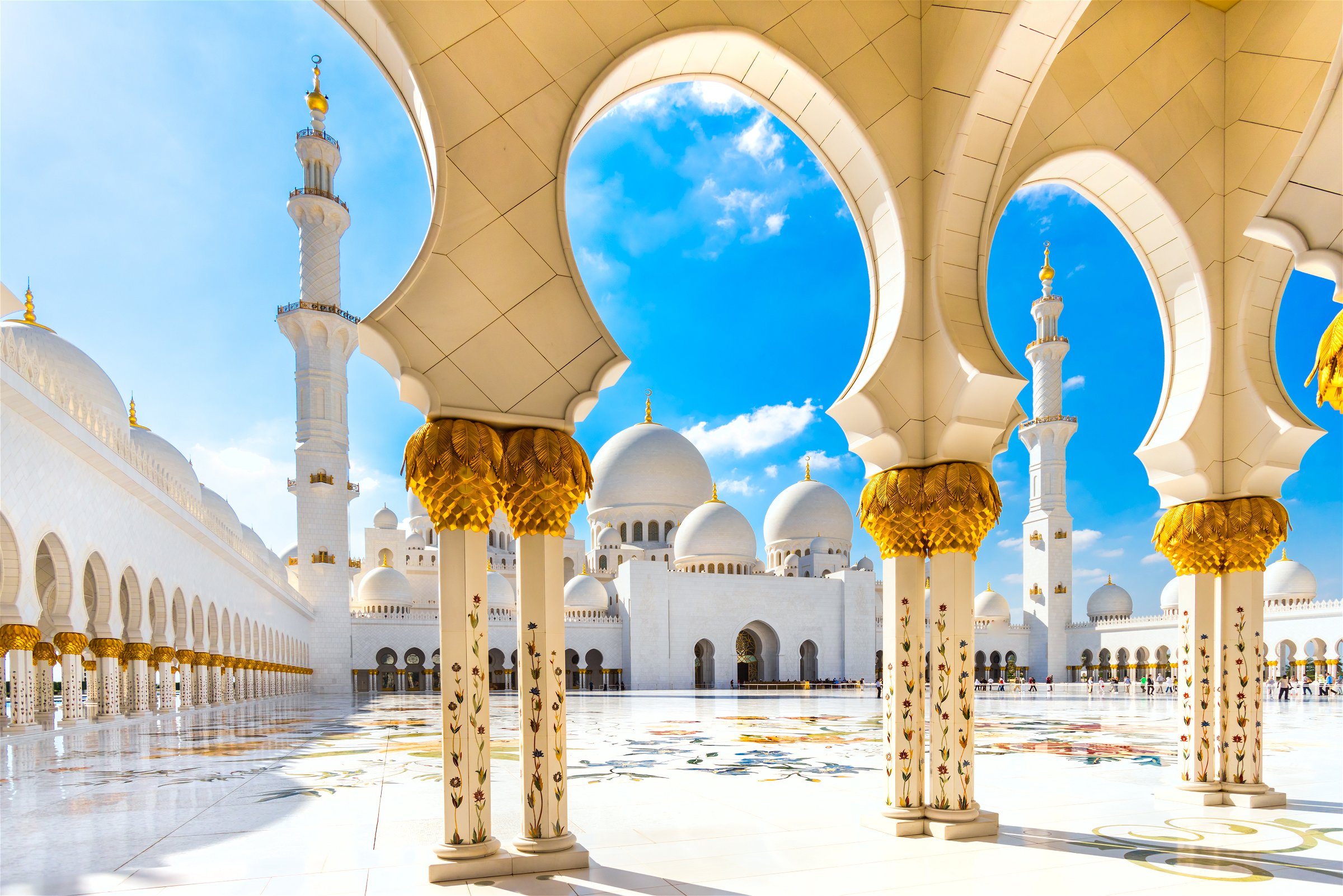
Sheikh Zayed Grand Mosque rests in Abu Dhabi, the capital city of the United Arab Emirates. It is considered the key site for worship in the country. The project took flight by the late president of the UAE, Sheikh Zayed bin Sultan Al Nahyan. The president wanted to establish a structure that would unite the cultural diversity of the Islamic world with the historical and modern values of architecture and art. Construction of the mosque began in 1996 and finished in 2007. It is the largest mosque in the United Arab Emirates, covering an area of more than 12 hectares (30 acres). During Eid, more than 41,000 people visit the Mosque.
Saint Basil’s Cathedral, Moscow, Russia
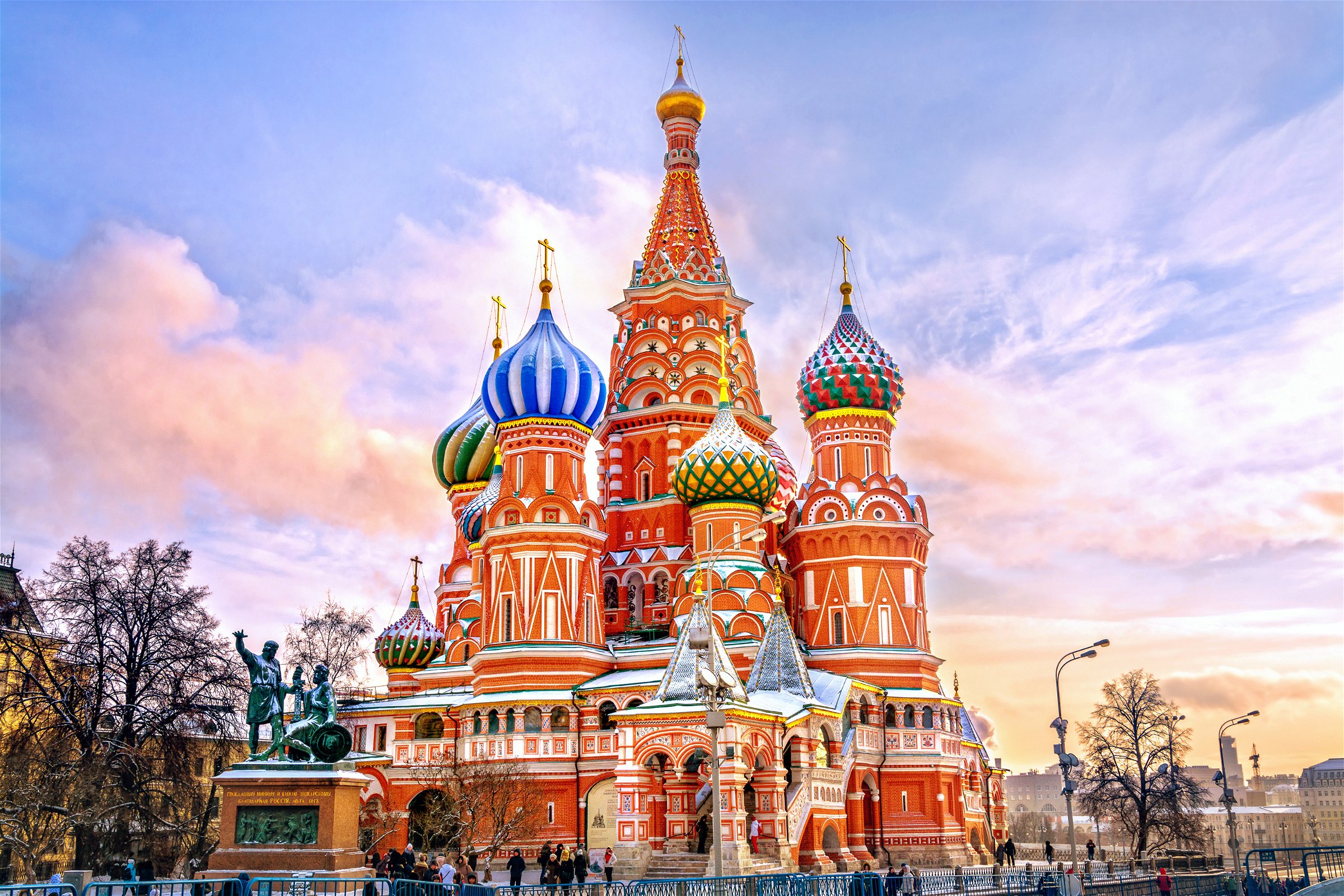
The Cathedral of Vasily the Blessed, commonly known as Saint Basil’s Cathedral, sits in the Red Square in Moscow. Construction took place from 1555–61. It held the title of a world-famous landmark as the city’s tallest building until the completion of the Ivan the Great Bell Tower in 1600.
The building forms the shape of a flame or a bonfire rising into the sky and is an iconic Russian landmark. But the unique design retains no analogs in Russian architecture. Dmitry Shvidkovsky, in his book Russian Architecture and the West, states that “it is like no other Russian building. Nothing similar is found in the entire millennium of Byzantine tradition from the fifth to the fifteenth century. A strangeness that astonishes by its unexpectedness, complexity and dazzling interleaving of the manifold details of its design.”
Las Lajas Sanctuary, Colombia
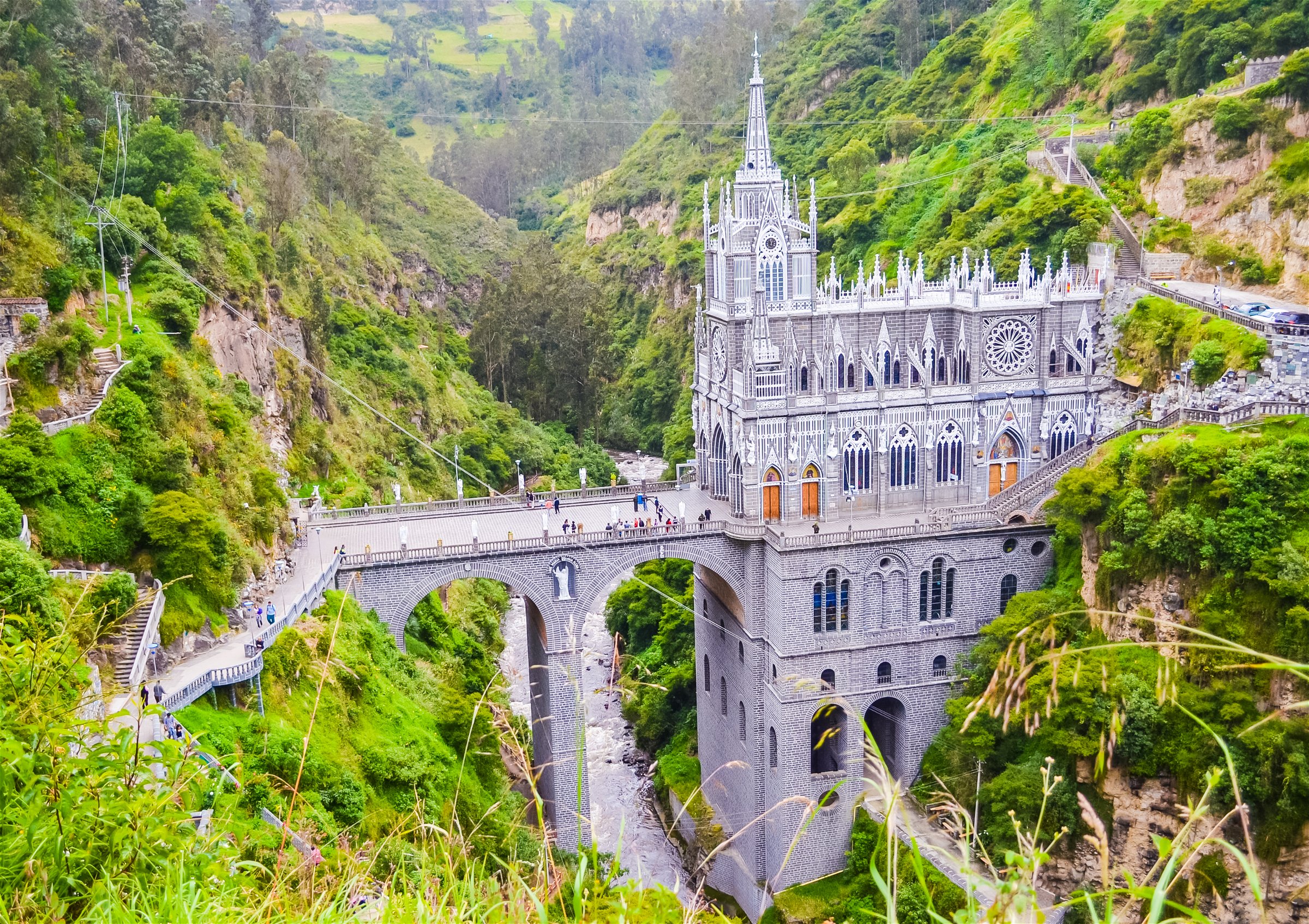
Las Lajas Sanctuary, a basilica, sits in the southern Colombian Department of Nariño, in the municipality of Ipiales. It was first built inside the canyon of the Guáitara River. The present church construction depicts Gothic Revival style, made between 1916 and 1949. The name Lajas comes from the name of a type of flat sedimentary rock similar to shale. The basilica’s Gothic architecture offers views of the beautiful river flowing through the canyon. The harmonization of the man-made and the natural certainly gives its visitors an awe-inspiring sensation.
Harmandir Sahib, India
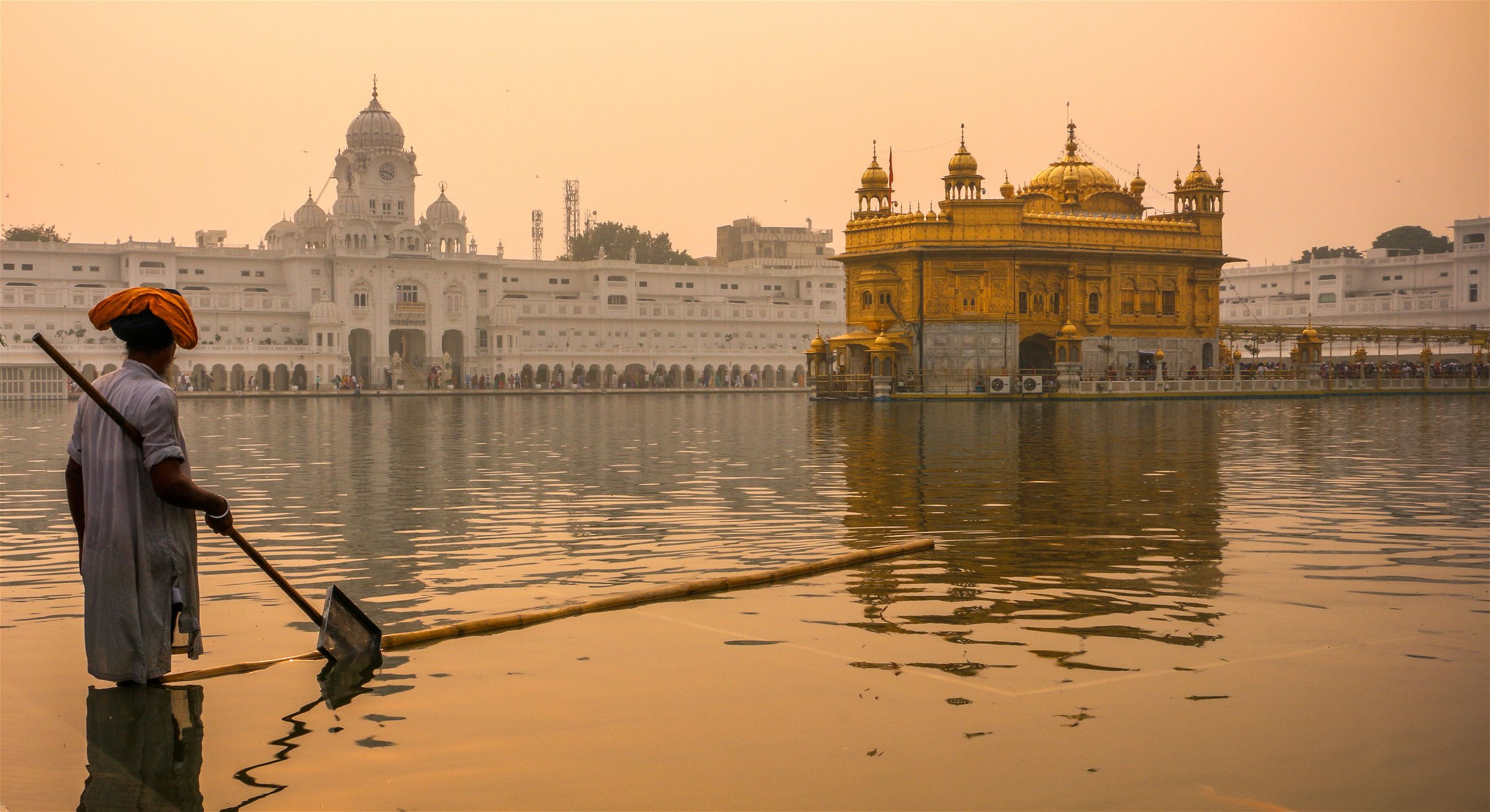
The Sri Harmandir Sahib informally referred to as the “Golden Temple,” is the holiest Gurdwara of Sikhism. Located in the city of Amritsar, Punjab, India, it stands as an eye-catching historical landmark. In 1577 the fourth Sikh Guru, Guru Ram Das, founded Amritsar. The fifth Sikh Guru, Guru Arjan, then designed the Harmandir Sahib to be built in the center of this holy tank. Upon its construction, he installed the Adi Granth, the holy scripture of Sikhism, inside the Harmandir Sahib. The construction of Harmandir Sahib intended to act as a place of worship for people from all walks of life, for all religions to come and worship God equally.
Temple of Heaven, Beijing, China
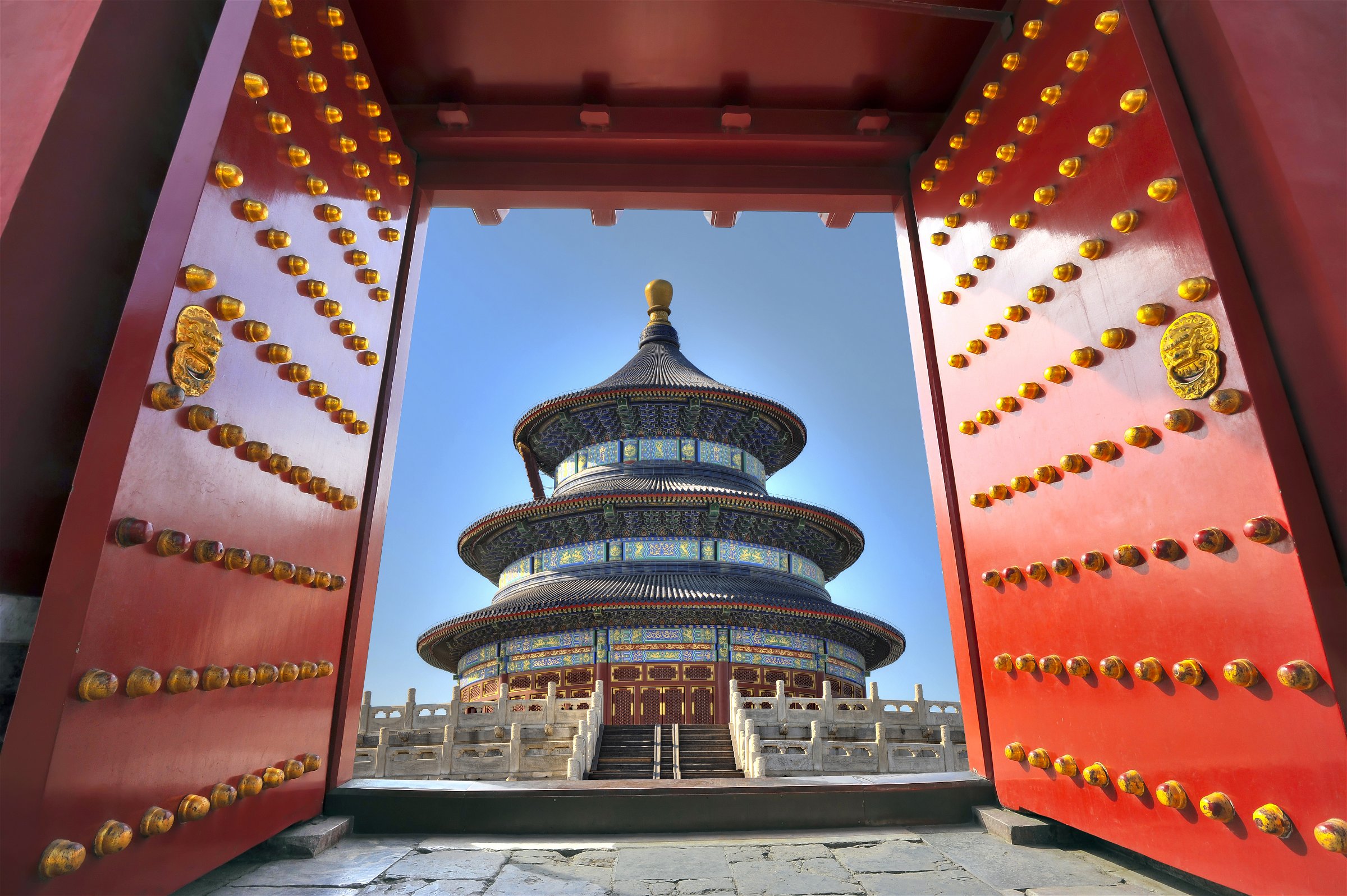
The Temple of Heaven is an imperial complex of religious buildings. It is situated in the southeastern part of central Beijing. Emperors of the Ming and Qing dynasties visited the complex for annual ceremonies of prayer to Heaven for good harvest. Most regard it as a Taoist temple, although Chinese Heaven worship, especially by the reigning monarch of the day, predates Taoism.
Sultanahmet Mosque, Istanbul, Turkey
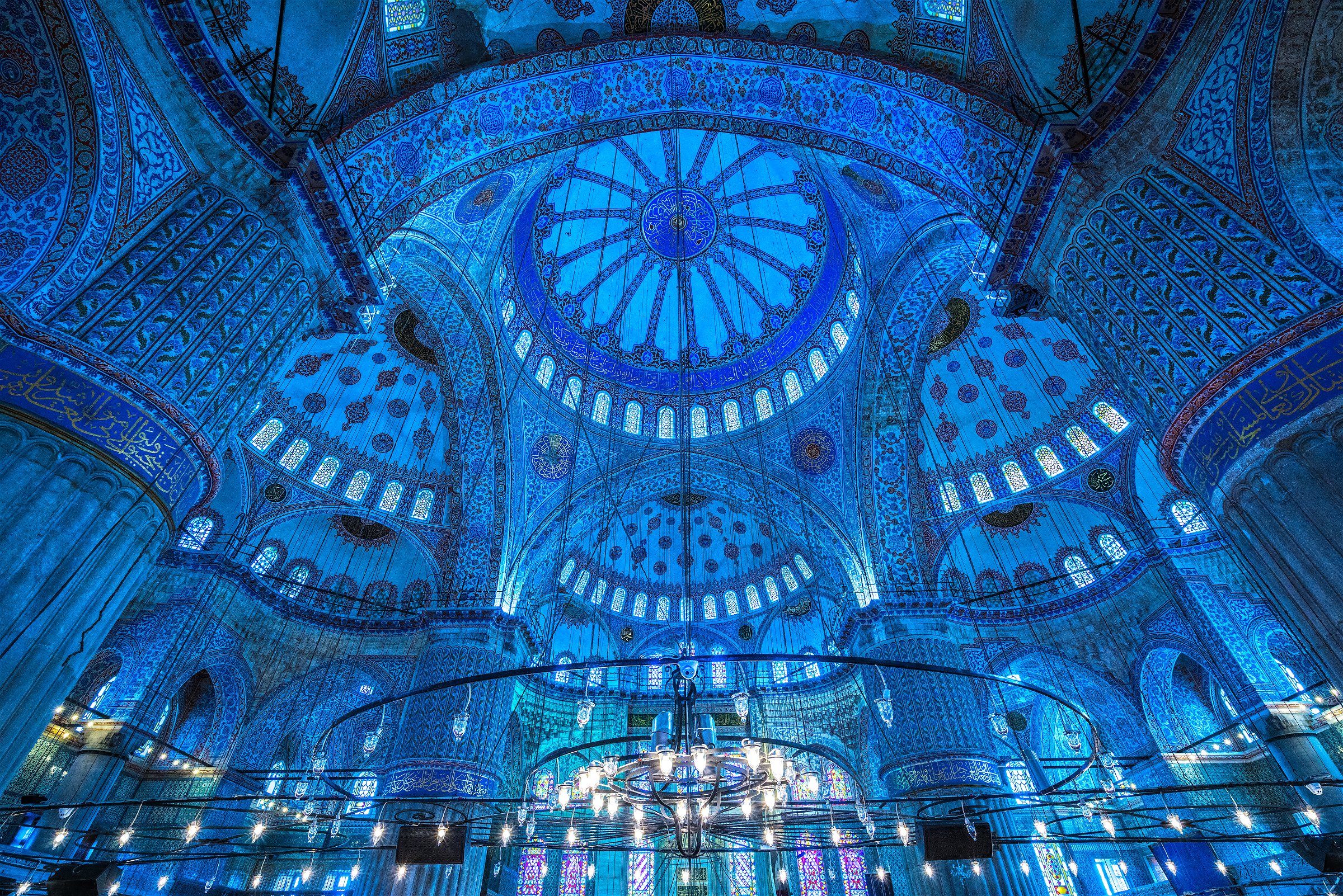
The Sultan Ahmed Mosque is a historic mosque in Istanbul, Turkey. To this day, men and women kneel in prayer on the mosque’s lush red carpet after the call to prayer. The Blue Mosque, as it is popularly known, began construction between 1609 and 1616 during the rule of Ahmed I. Hand-painted blue tiles adorn the mosque’s interior walls. At night a blue glow bathes the mosque as lights frame the five central domes, six minarets, and eight secondary domes. It sits next to the Hagia Sophia, another popular tourist site.
Sainte-Chapelle, Paris, France
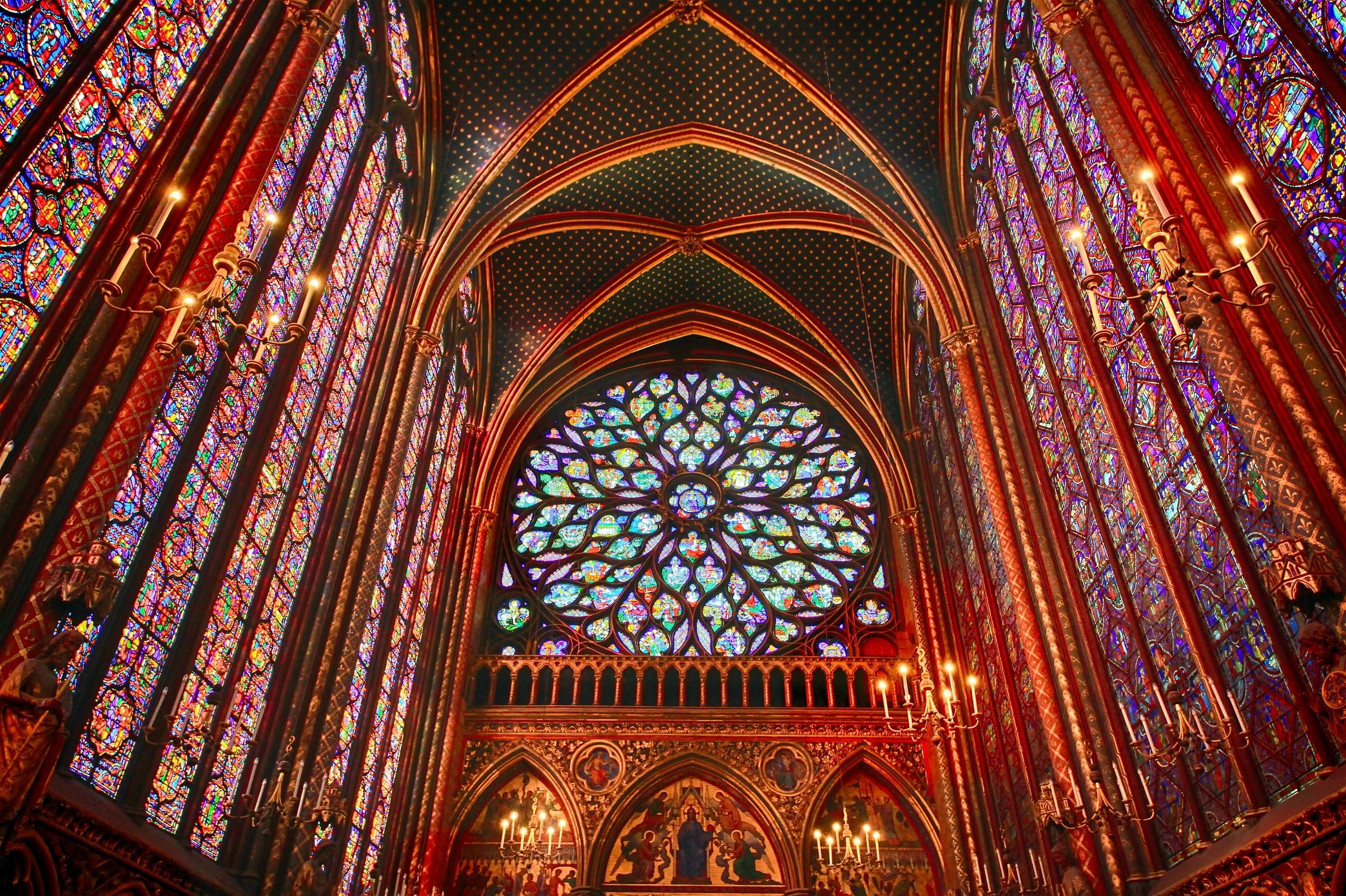
The Sainte-Chapelle, a royal chapel in the Gothic style, sits within the medieval Palais de la Cité. It functioned as the residence of the Kings of France until the 14th century. Construction began sometime after 1238, and it opened on 26 April 1248. The Sainte-Chapelle structure ranks as one of the highest achievements of the Rayonnant period of Gothic architecture. Although damaged during the French Revolution, and restored in the 19th century, it also holds one of the most extensive 13th-century stained glass collections anywhere in the world.

